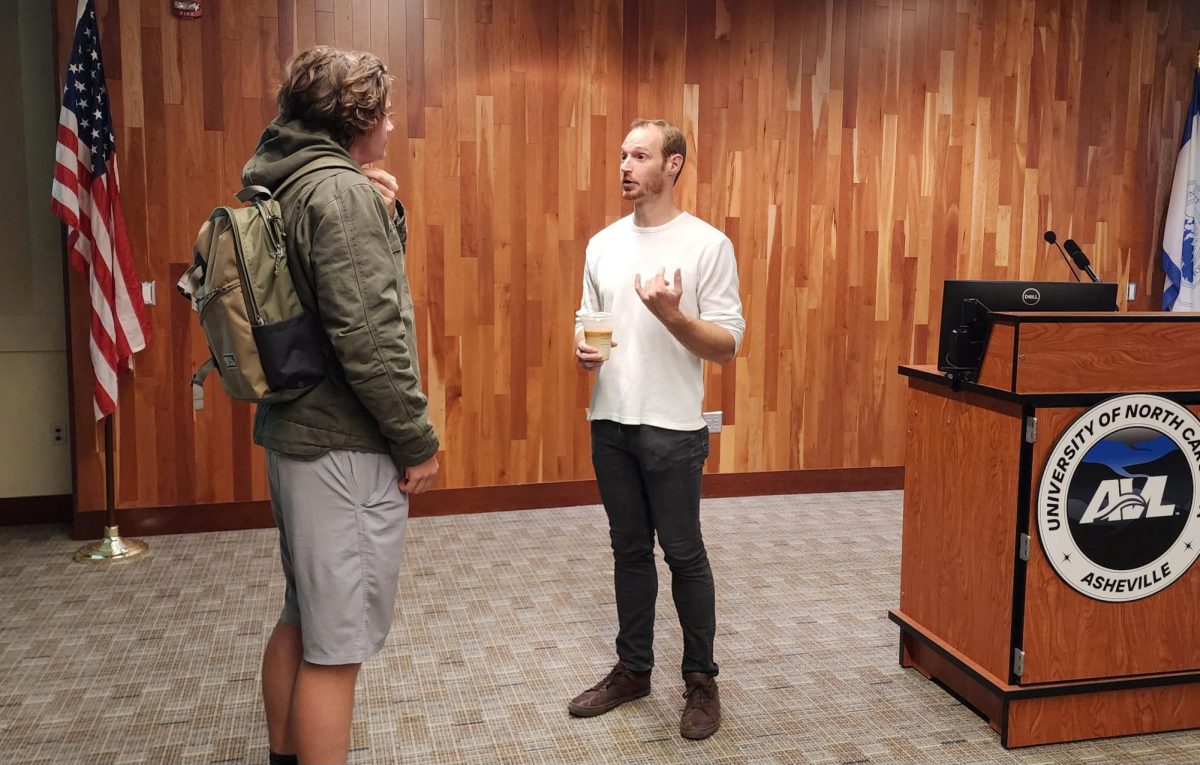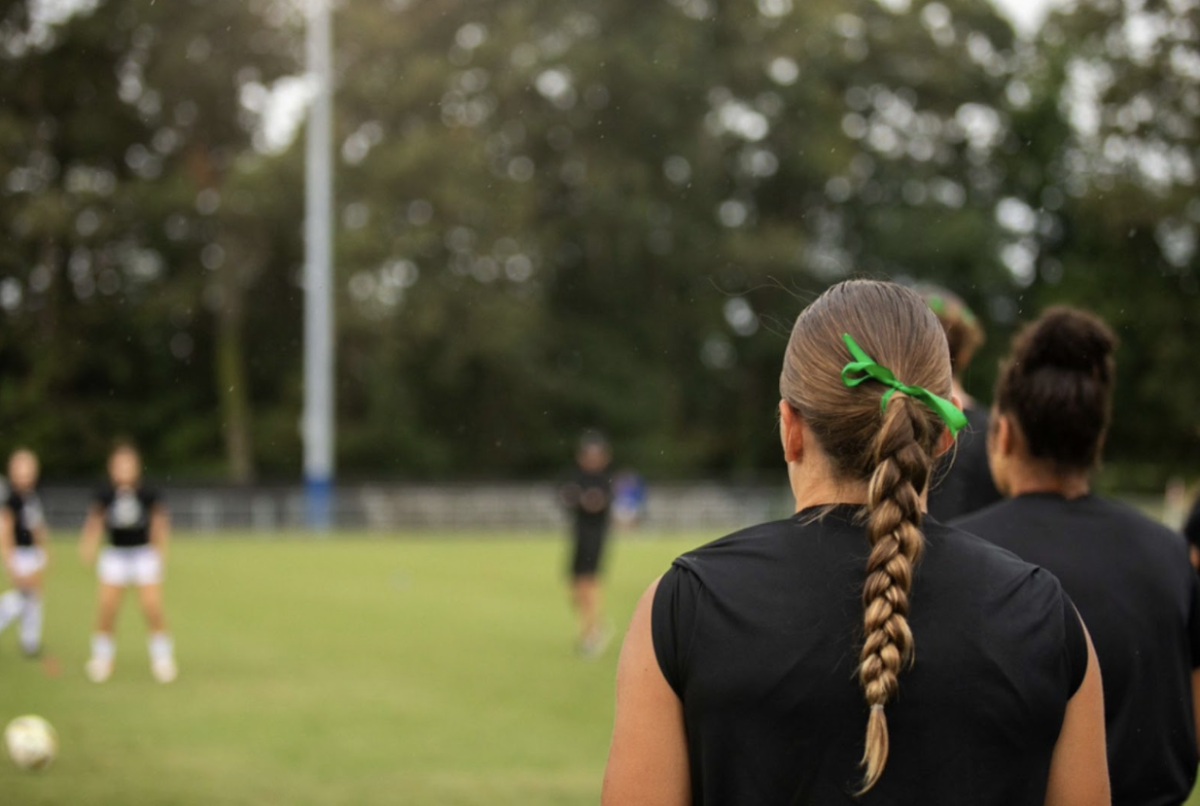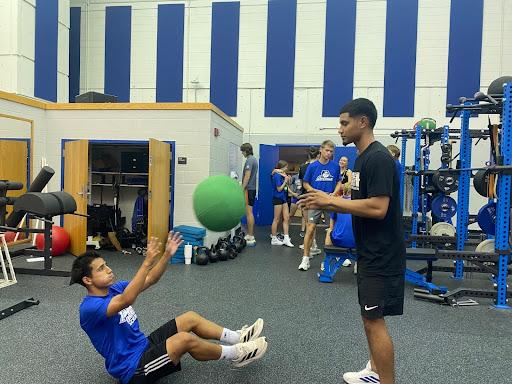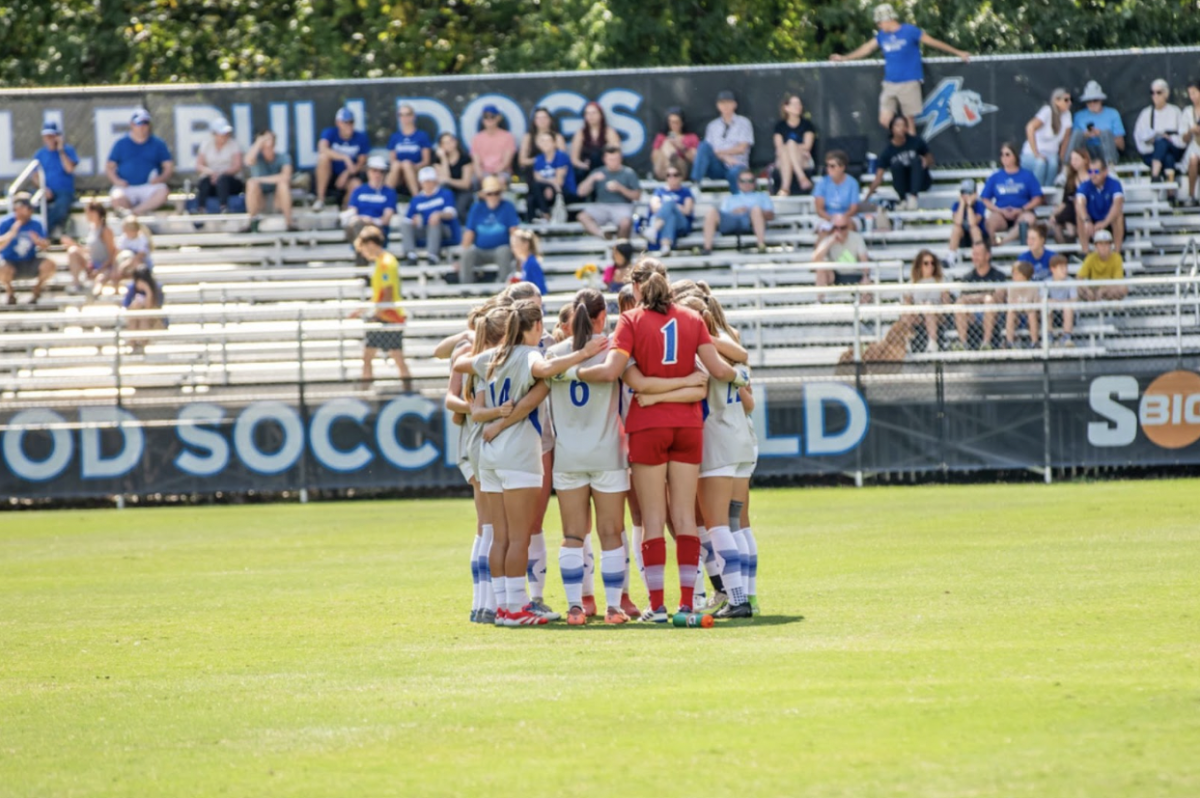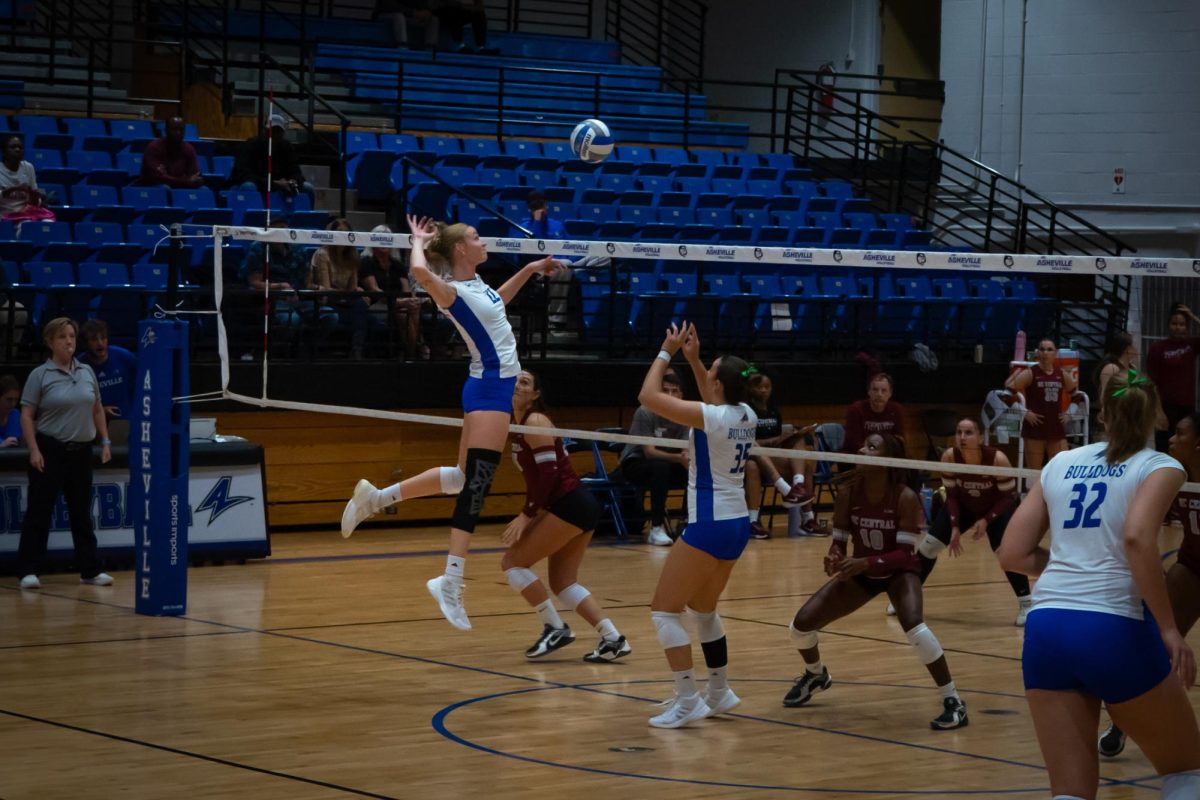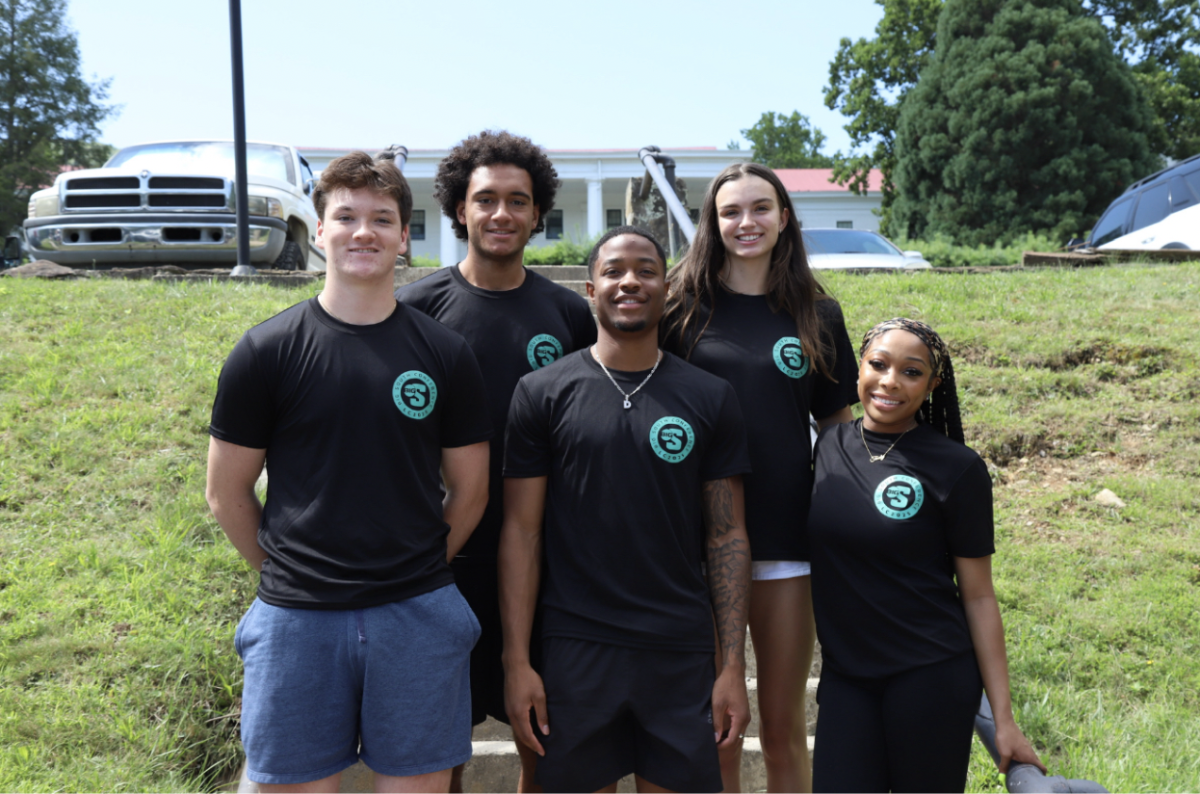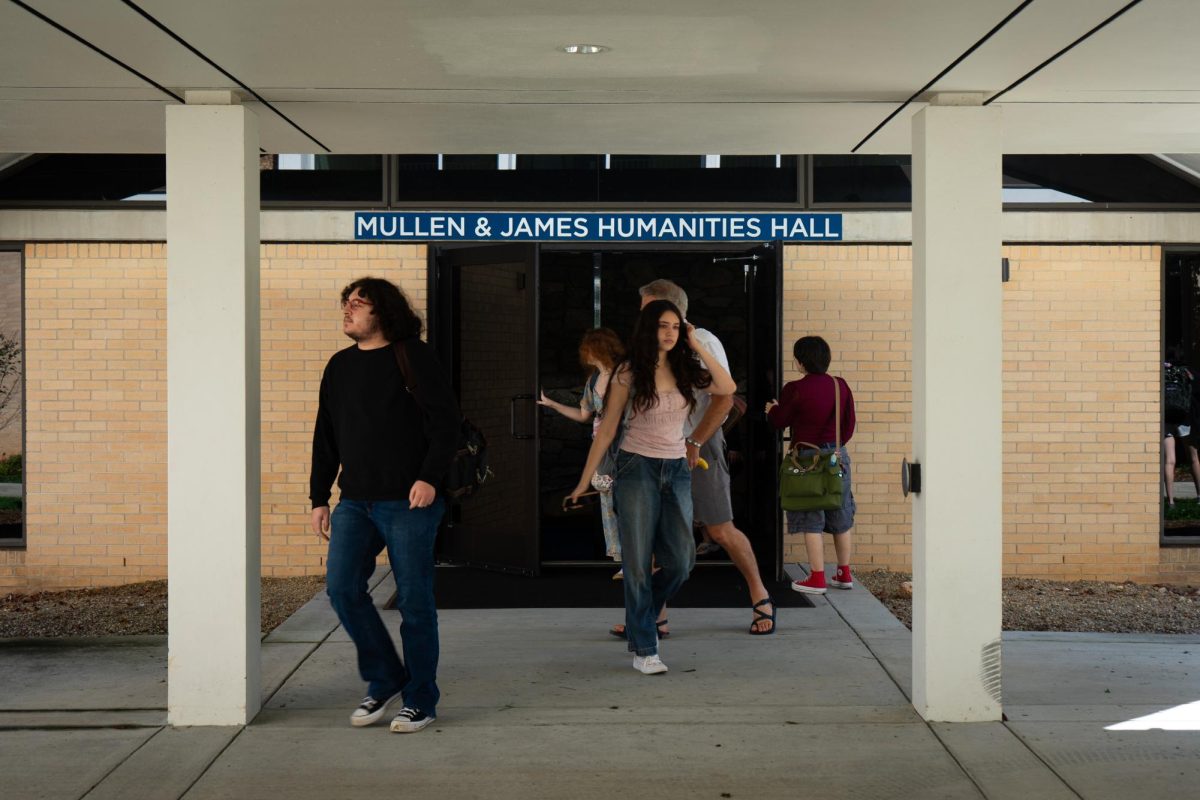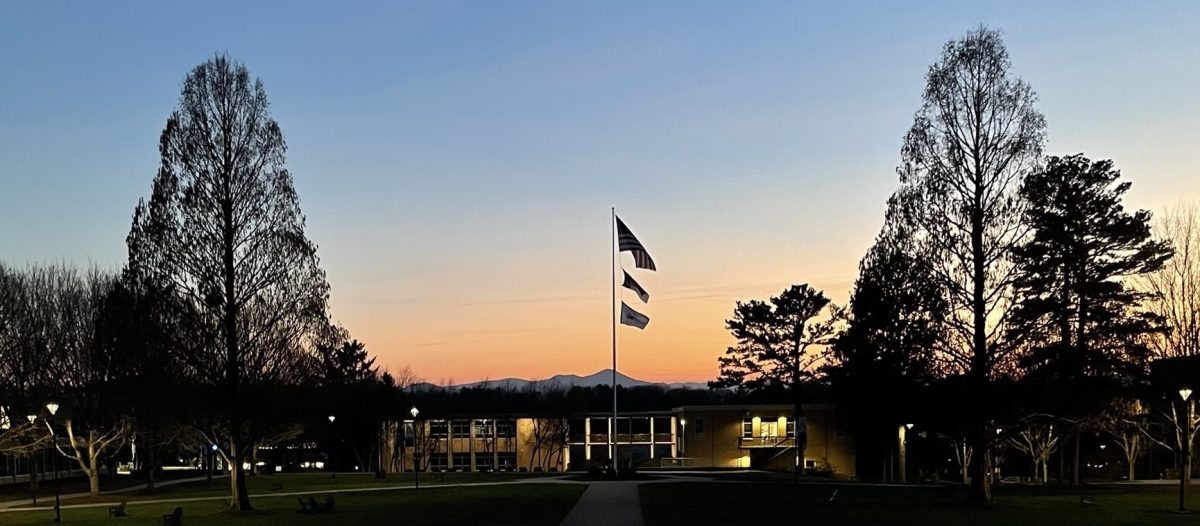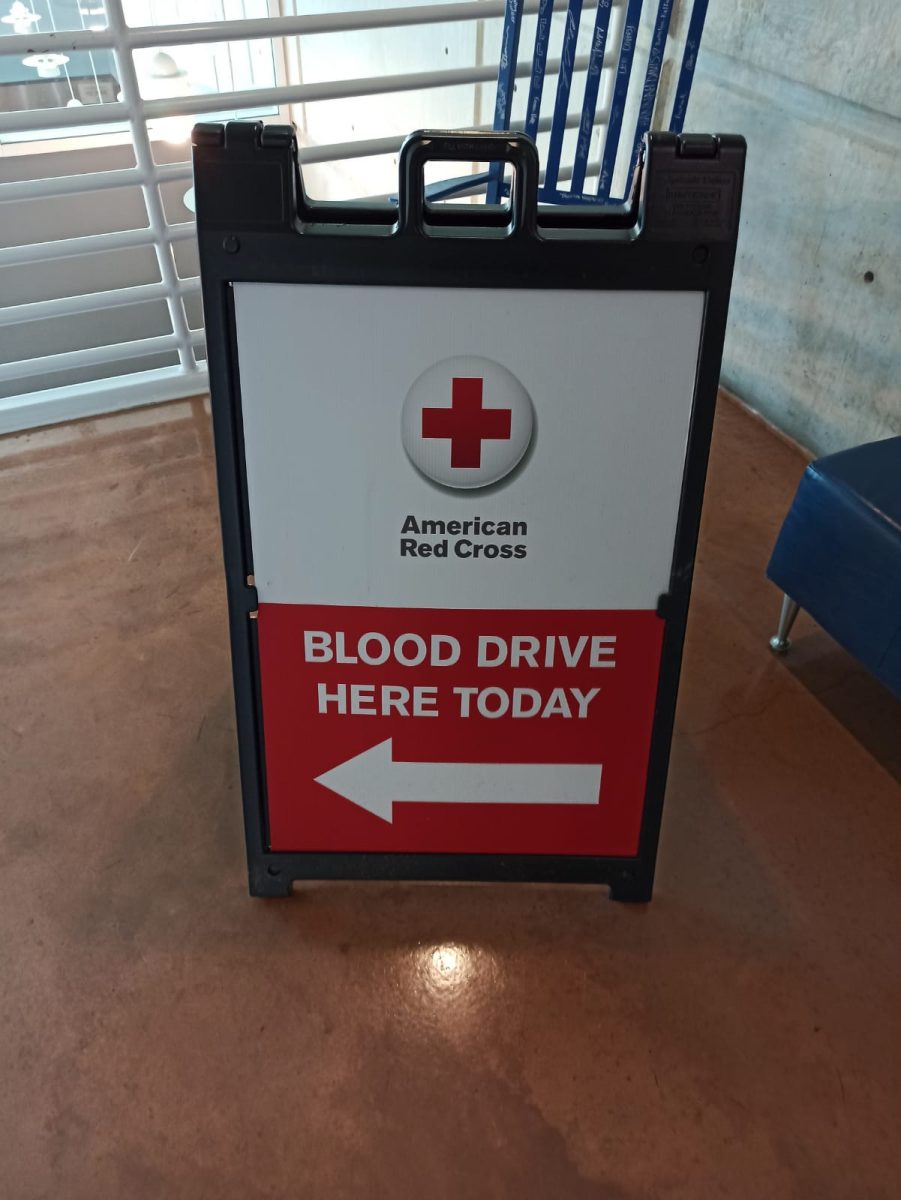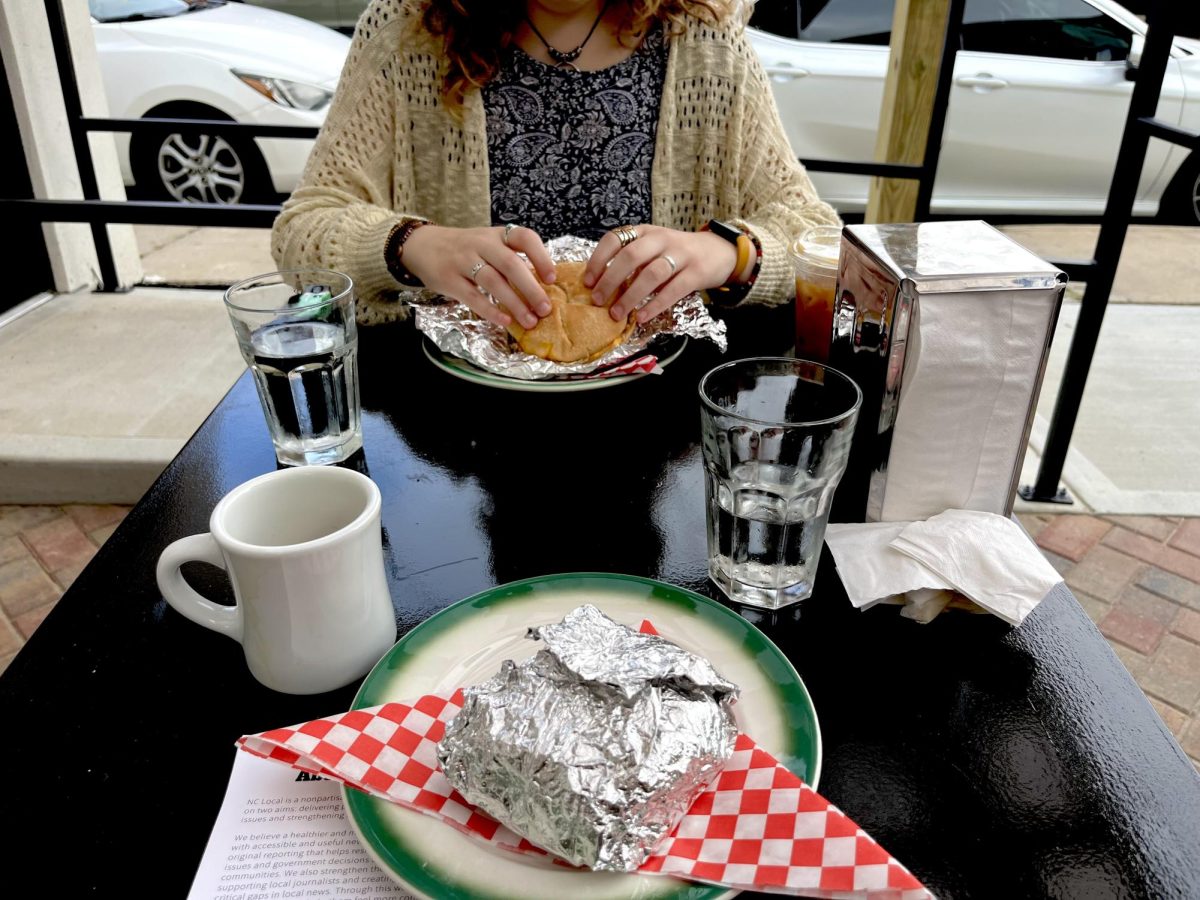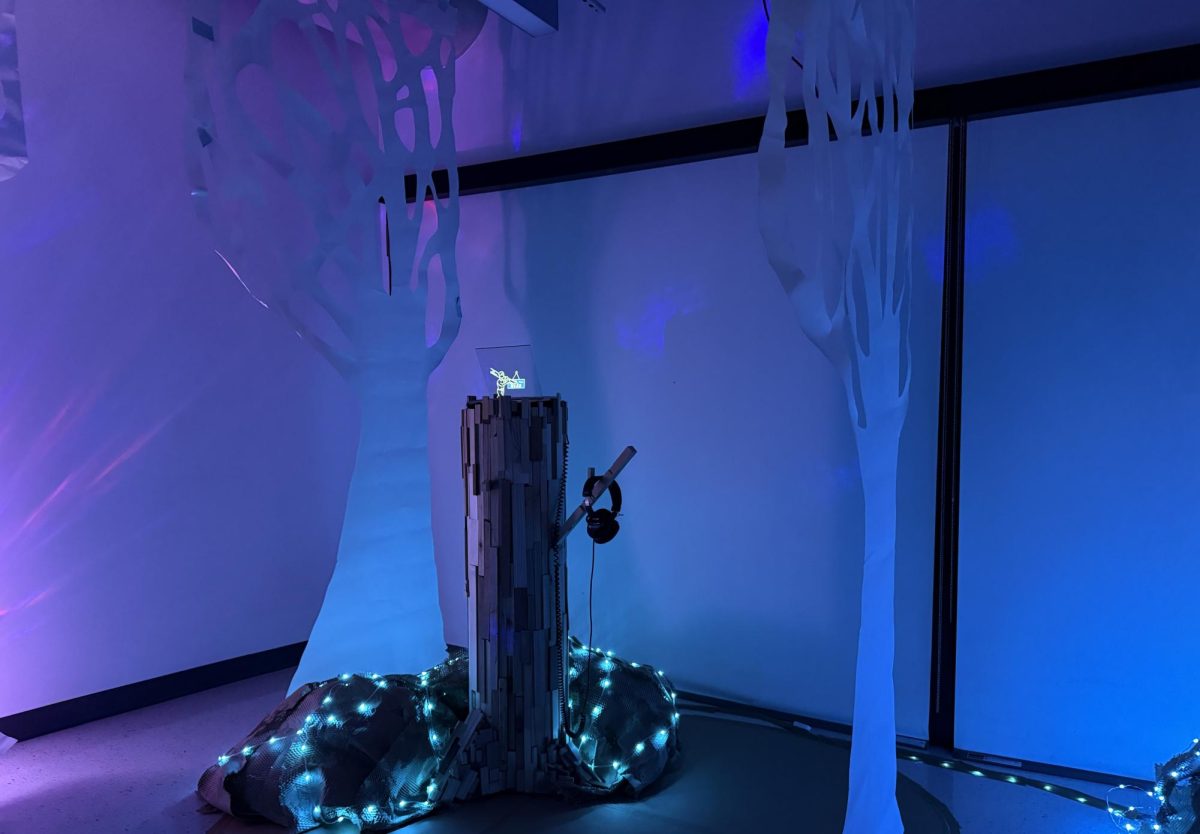In the weeks after Hurricane Helene, it seemed as though the world had stopped. For many college students, it was a repeat of the COVID-19 lockdown. Resources were scarce, no one knew what came next, people lost their jobs, and schools were closed.
The scale was different this time. It wasn’t just a virus keeping everyone inside like before. There was no water, damaged roads and minimal gas. And for ceramics student Kristen Lopez, there wasn’t a home to stay in anymore.
“Within 10 minutes, the house had six feet of water,” Lopez said.
Lopez and her husband lived up the hill from most of the normal flood zones, which led the couple to believe they would be safe from the flooding. When they heard screaming and yelling, they assumed it was down the hill, and that they were safe. Then, their neighbors were screaming and yelling at their door.
The flood had grown so quickly that it was rushing toward them. The Lopez family was lucky enough to secure the dogs and cats, get in their car and get out. The house didn’t have that same fortune.
“We lived in the driveway for two weeks because no one had cash and there were no hotels open,” Lopez said.
Everything they owned was gone. The house was torn down to wood beams and a concrete foundation. Clothes, furniture and personal items were disposed of just three days after the storm due to floodwater contamination.
Lopez was taking Ceramics III when the storm hit, focusing on cute animal sculptures and themed mugs, some of which were sold in the ceramics sale at the end of April. Normally, the sale happens at the end of each semester in the S. Tucker Cooke Gallery on the lower floor of Owen Hall.
However, due to the storm taking a month of artists’ production and times for the BFA shows, when everyone returned in November, there was no time or space to make the sale happen. Instead, they waited until the spring and welcomed back those who graduated in the fall for one last sale.
Ceramics considers the month lost due to the storm one of the most important times for preparation. The department runs a strict schedule with bisque, glaze and wood-fired kilns, and October is the month to get everything done before the kilns are loaded for the last time in late November.
The ceramics department’s pride and joy is an anagama kiln on the patio of Owen Hall, one of the only of its kind in Western North Carolina. Usually, the kiln is fired a week or so before the art sale, but it wasn’t fired last semester due to Helene.
“When we first started the art sale, we would save up for things like our slab roller or other equipment,” said Megan Wolfe, a ceramics professor at UNC Asheville.
Originally, the sale was only for ceramics, which Wolfe brought with her from teaching at Clemson. It was held in the ceramics studio, which was deep-cleaned before each sale. Paper was put up to hide any remaining mess, but paper and mops couldn’t hide the clay dust in the air. The smell of silica, a compound found in feldspar that is carcinogenic but necessary for the production of clay, didn’t help sell art.
Over the 28 years Wolfe has worked at the school, the sale has grown and now includes all of the art concentrations. The only requirements are being in a studio class and working two shifts at the sale.
One of the drawing students participating in the sale this year is Joel Green, a 19-year-old senior. His comics and prints flew off the table this year, something very needed after the hurricane. He was out of a job for a few months because of the storm, but the sale helped him financially and boosted the future of his art.
“It’s good to get my name out there as a local artist,” Green said. “As a senior, I’m hoping to be able to put my art out there and be recognizable in the community.”
Which concentrations are involved isn’t the only thing that’s changed in the art sale since Wolfe started it. According to Pat Catterfield, a former UNC Asheville faculty member, the management of the money and tags with the artist’s name used to be much more complex and challenging.
Catterfield was the first budget director of academic affairs in 2006. When she retired in 2015, she continued to volunteer in the ceramics department, even auditing classes to practice the art.
She was the one who suggested having the students work the tills and cash out the multitude of customers to give them real-world practice. Her focus was on helping them realize how important selling art is and how much money they were really making.
“It’s interesting to watch them grow and do different jobs, to learn about them and how it all works. I think it’s a wonderful opportunity for them to gain this experience,” Catterfield said. “It’s also really good PR for the university. It gets people from the outside in. It’s just a good time for everybody, whether you’re working or a customer.”
Catterfield said the sale numbers were in the four digits when she started working the sale. While she couldn’t disclose specific numbers, she said the sale has since grown to a five-digit figure.
Unfortunately, Catterfield had dealt with Helene in Asheville and Hurricane Milton at her vacation house in Florida. The storm hurt not only the community of artists she built here but also the one she built in Bradenton.
“It’s amazing how resilient people are and how quickly others stepped in to help them, such as other fellow artists,” she said.
During Helene, a tree fell on their roof, which Catterfield and her husband were luckily out of town for. While they were fixing their house in Asheville, their property in Bradenton had damage from Milton. Luckily, it wasn’t nearly as bad as the broken roof and damage to her car in Asheville. The worst part was where her husband’s parents lived on the coast.
“It was really heartbreaking. We were there months after the hurricane hit and they had done a lot of cleanup, but there was still a lot of damage,” Catterfield said.
The sale followed a rather rainy week, but it seems a little drizzle couldn’t scare away the customers. In just four hours, the first day saw nearly 400 customers. The second day was sunny and filled with happy shoppers coming from the North Asheville Tailgate Market just up the road, dogs and produce in hand.
The art sale has always connected the community and campus, offering artist connections and beautiful pieces. Helene altered many lives in the art department, the school and the community. It also brought a new sense of community to Asheville, which Lopez was grateful to have.
“The faculty, staff and students in the art department were extremely supportive and caring throughout that time, and I don’t know what I would have done without them,” Lopez said.
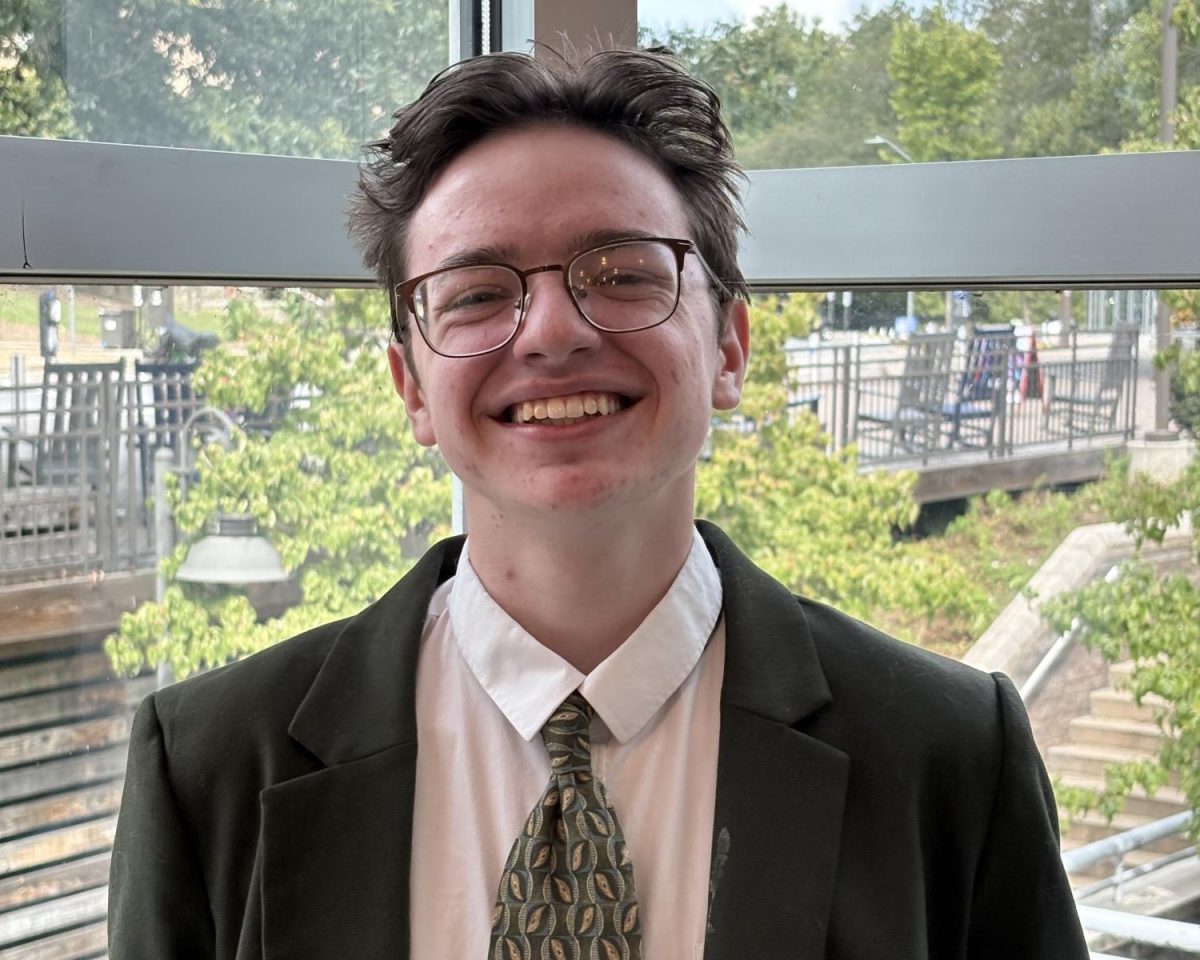
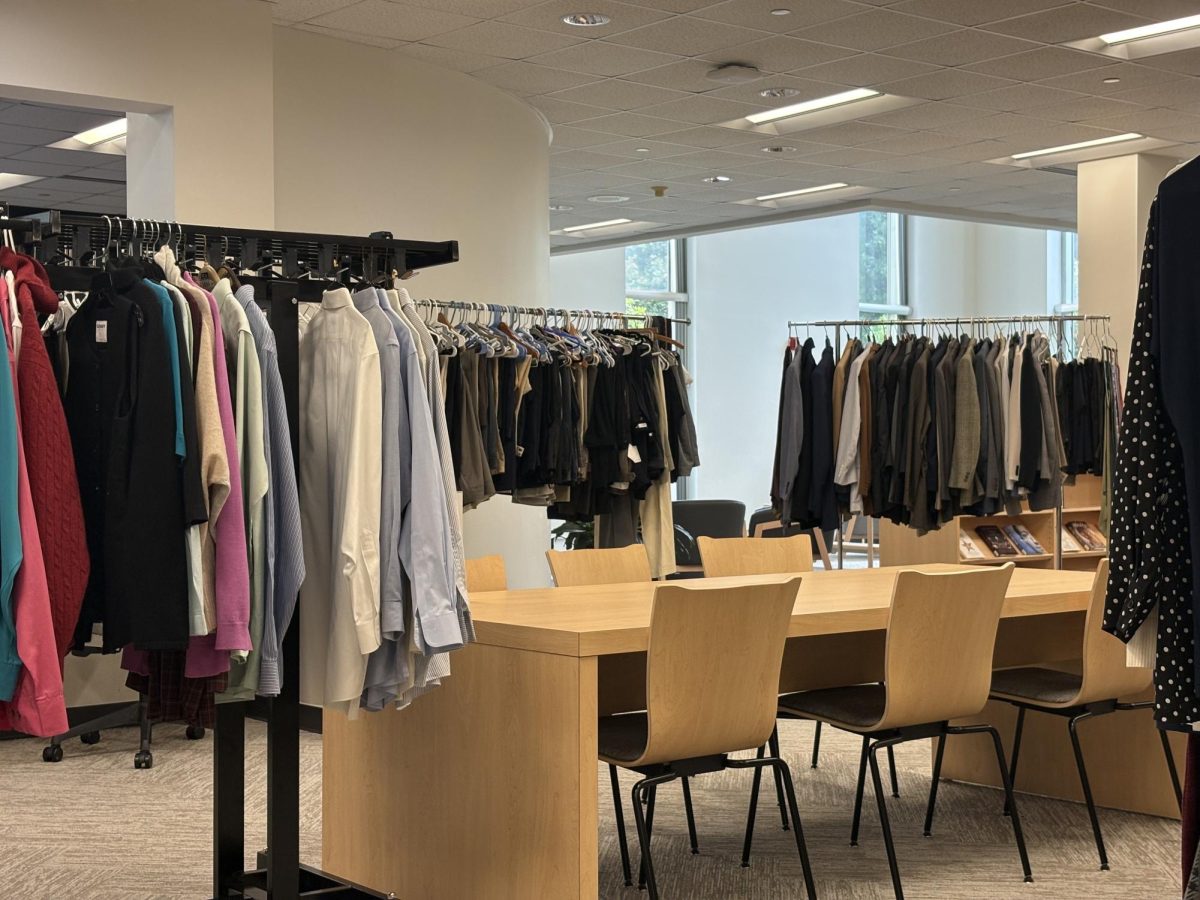
![Brooke Pedersen [second from the right] and Luis Reyes [right] hold banners during the Wrap The Woods event.](https://thebluebanner.net/wp-content/uploads/2025/09/ELIZABETH_PRITCHITT_IMG_3470-1200x804.jpg)
